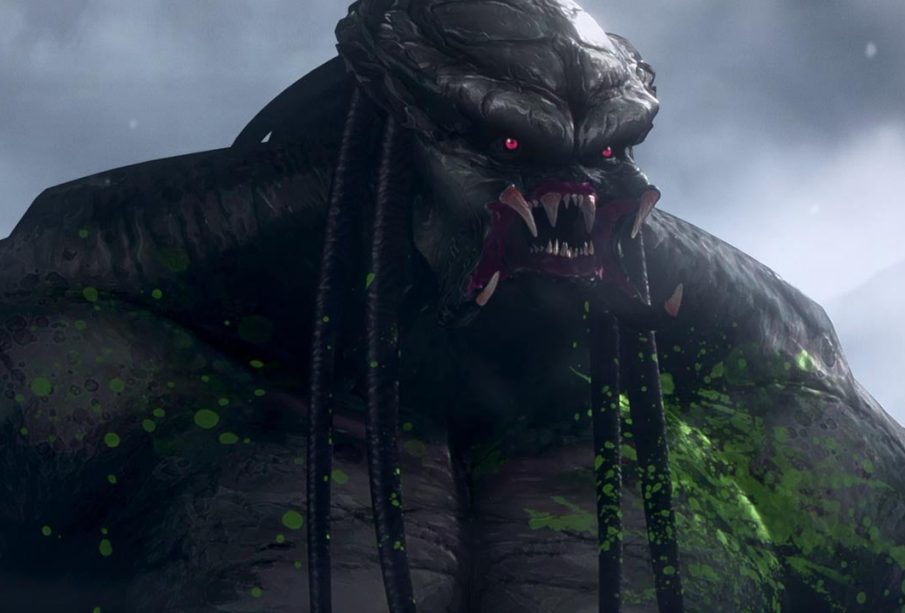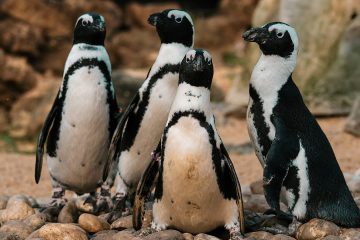Understanding the Role of Predator Killers in Nature

The Significance of Predator Killers
In the intricate web of ecosystem dynamics, predator killers—those apex predators that primarily feed on other predators—play a critical role in maintaining balance within their habitats. These species not only influence prey populations but also ensure the health and stability of the ecosystem. With recent studies shedding light on their behaviours and ecological significance, understanding predator killers has become increasingly relevant, especially as environmental changes continue to threaten natural habitats.
Notable Examples of Predator Killers
One of the most prominent examples of a predator killer is the orca, or killer whale, which preys on seals and even other whale species. Orcas are known for their complex social structures and sophisticated hunting techniques, demonstrating intelligence in their predatory strategies. Similarly, the African lion, often referred to as the ‘king of the jungle’, preys on various animals, including hyenas and leopards, ensuring population control among these competing predators.
Impact on Ecosystems
Predator killers help regulate prey populations, which in turn affects vegetation and habitat structure. For example, when wolf populations are healthy in Yellowstone National Park, they keep elk populations in check, allowing vegetation to regenerate, which benefits numerous other species. However, the removal or decline of predator killers can lead to overpopulation of their prey, resulting in habitat degradation and loss of biodiversity.
Current Events and Research
Recent conservation efforts have focused on protecting apex predators in various parts of the world. The reintroduction of wolves to Yellowstone has highlighted how essential predator killers are to ecosystem health. Furthermore, ongoing research aims to understand how climate change affects the behaviour and distribution of these crucial species. Scientists are increasingly concerned that shifting weather patterns and habitat loss could threaten predator killer populations and, by extension, the balance of ecosystems worldwide.
Conclusion
Understanding the role of predator killers is essential not only for the preservation of these species but also for maintaining healthy ecosystems. As debates about wildlife conservation methods continue, it is crucial for policymakers and conservationists to consider the broader ecological impacts of their decisions. The future of predator killers directly correlates with the resilience of ecosystems, making their protection a priority for fostering biodiversity and ecological health.





